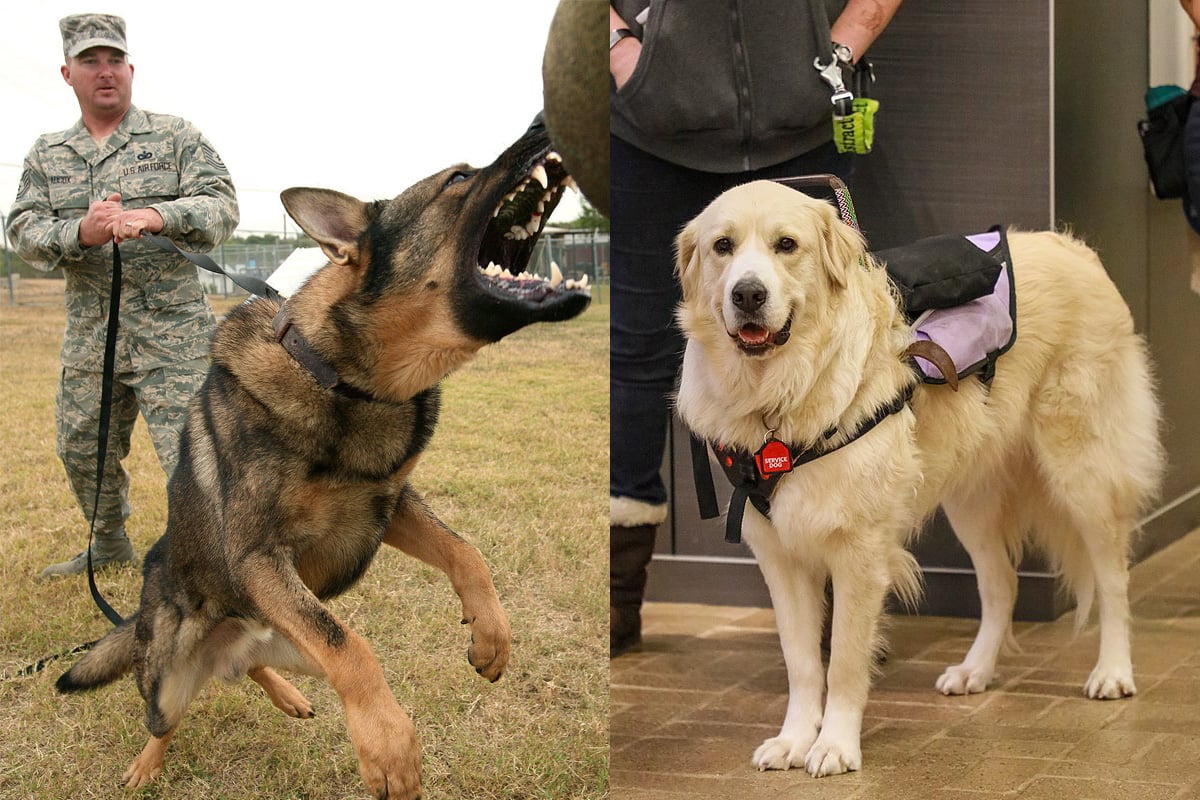Whatever you focus on looms larger in your mind’s eye, and that includes the conversation between your head and heart, the Whiner and the Whisperer. How we view ourselves and the people and events around us is biased by the filter through which we view them. Our selective attention tends to emphasize the negative more than the positive.
The fact is that we all have a voice inside us that loves to point out what is wrong. It is the Whiner. The Whiner is that little voice of doom and gloom, always on the lookout for anything that could go wrong. The Whiner loves to remind us of our flaws and all the ways we are falling short. The Whiner is the guard dog, always on alert for any danger. The problem is that the Whiner tends to see danger everywhere.
The other voice inside us is the Whisperer. The Whisperer is the voice of hope and possibility. The Whisperer sees the best in people and believes that anything is possible. The Whisperer is the guide dog, leading us toward our dreams. The problem is that the Whisperer can sometimes be blinded by hope and fail to see the dangers that are right in front of us.
So which voice should we listen to? The answer is both. We need the guard dog to protect us from real dangers. But we also need the guide dog to lead us toward our dreams. The key is to find a balance between the two voices. Too much focus on the negative and we become paralyzed by fear. Too much focus on the positive and we become blinded by hope.
Fear vs fear
The area where you direct your focus will determine your actions and outcomes. We can focus on Fear, with an upper-case F, and emotionally flood our engines until they stall and bring us to a full stop. Or we can harness the energy of fear with a lower-case f, and channel that heightened level of attention to help us be more aware and think constructively about ways to move forward. The difference between the two is like comparing a guard dog to a guide dog—one will stop you in your tracks and the other will lead you in the right direction.
When it comes to fear, we often have a choice about where to direct our focus. We can let fear stop us in our tracks, or we can use it as a guide to help us move in the right direction. With understanding and practice, we can learn to manage our fears so they don’t manage us. Here are some tips for managing fear so it does not manage you:
- Acknowledge your fears, name them, and understand where they come from
- Do not allow your fears to become excuses for inaction
- Harness the energy of fear and channel it into positive, constructive action
- Be patient with yourself as you learn to manage your fears
- Seek professional help if your fears are interfering with your ability to function in daily life
Learn to “Control the Gap”
There is a gap of time and space between your thoughts and feelings and your actions. This is what we call the “control gap.” The control gap is the space between stimulus and response, where you have the power to choose your reaction. It is the moment when you can decide to let fear control you, or you can take control of your fear.
The first step to managing your fear is to become aware of the control gap and learn to “ride the wave” of your emotions. When you feel fear rising, pause and take a few deep breaths. This will help you to stay present in the moment and avoid getting swept away by your emotions. Once you have regained control of your emotions, you can then begin to think constructively about ways to move forward.
It is important to remember that you will not always make the right decision in the moment. And that is okay. The goal is to become more aware of the choices you make and to practice making better choices over time. With understanding and practice, you can learn to control the gap and manage your fears.
Using dialog to examine one’s beliefs and thoughts involves controlling the gap between the “I Can’ts” and the “I CANs.” Rather than allowing negative self-talk to go unchecked and spin us up into a state of anxiety or other debilitating emotion, controlling the gap helps us make the shift from one attitude to another.
There are three steps to controlling the gap: 1) reflecting on what is going in our head at a given moment in time, 2) inspecting those thoughts and gaining clarity on their meaning, and 3) discovering alternative ways of thinking about our situation.
Reflection allows us to recognize that it is our perspectives on events, rather than the events themselves, that determines how we respond. Inspection allows us to slow down the spinning dialog in our heads long enough to assess what we are telling ourselves. And Discovery makes room in our heads to consider other potential responses that help us better adapt or find solutions.
Learning and mastering this technique take some time and practice; and while it does not always mean that we can change other people and events, it does help us choose how we respond to them.
Check out our Resources and Courses pages for more information on shifting your mindset and reaching your full potential. And don’t forget to sign up for our free monthly newsletter to get regular tips, inspiration, and advice delivered straight to your inbox.





